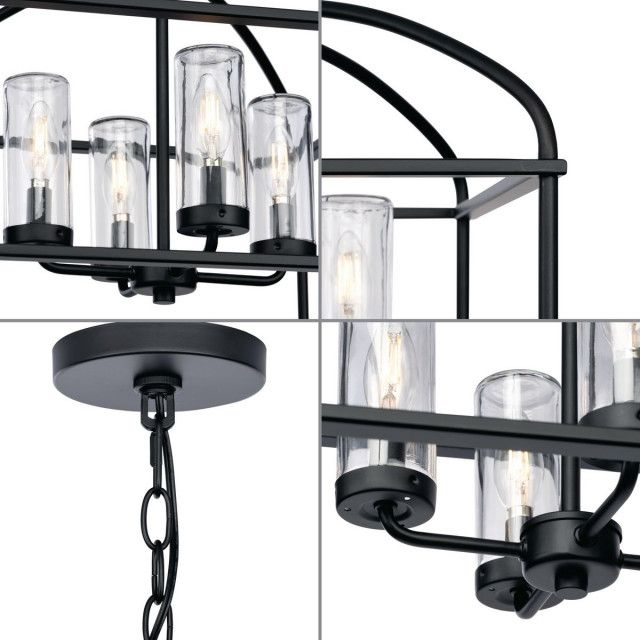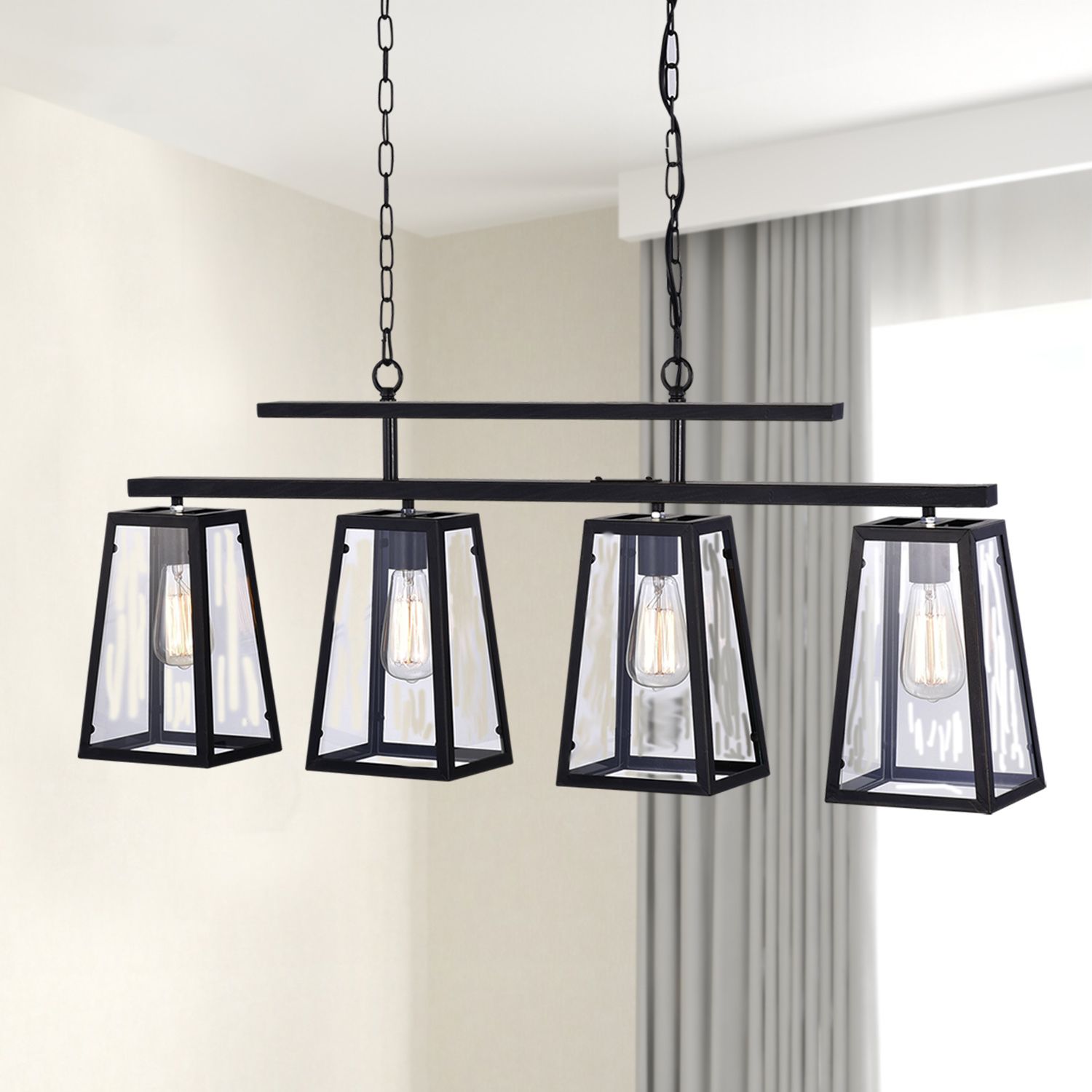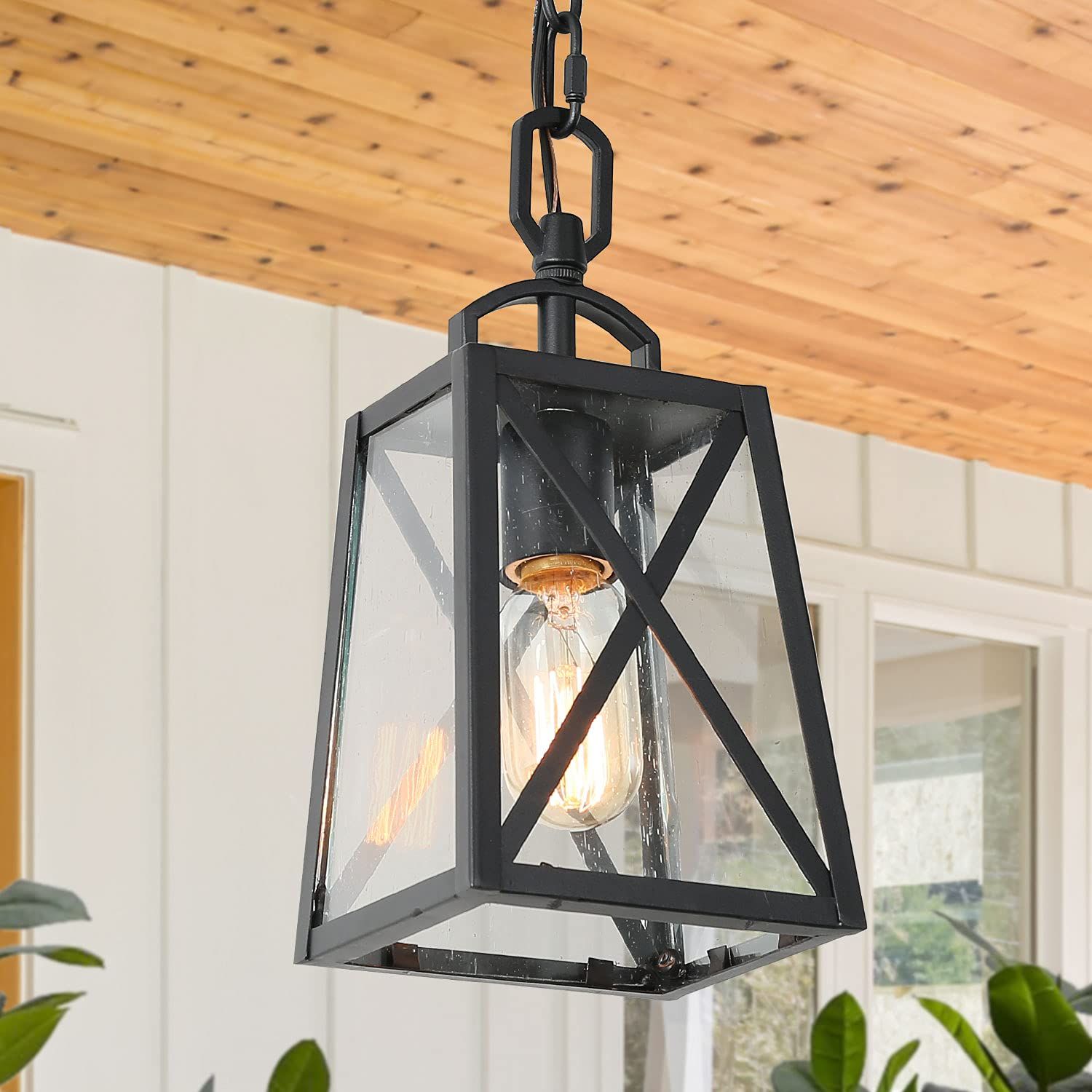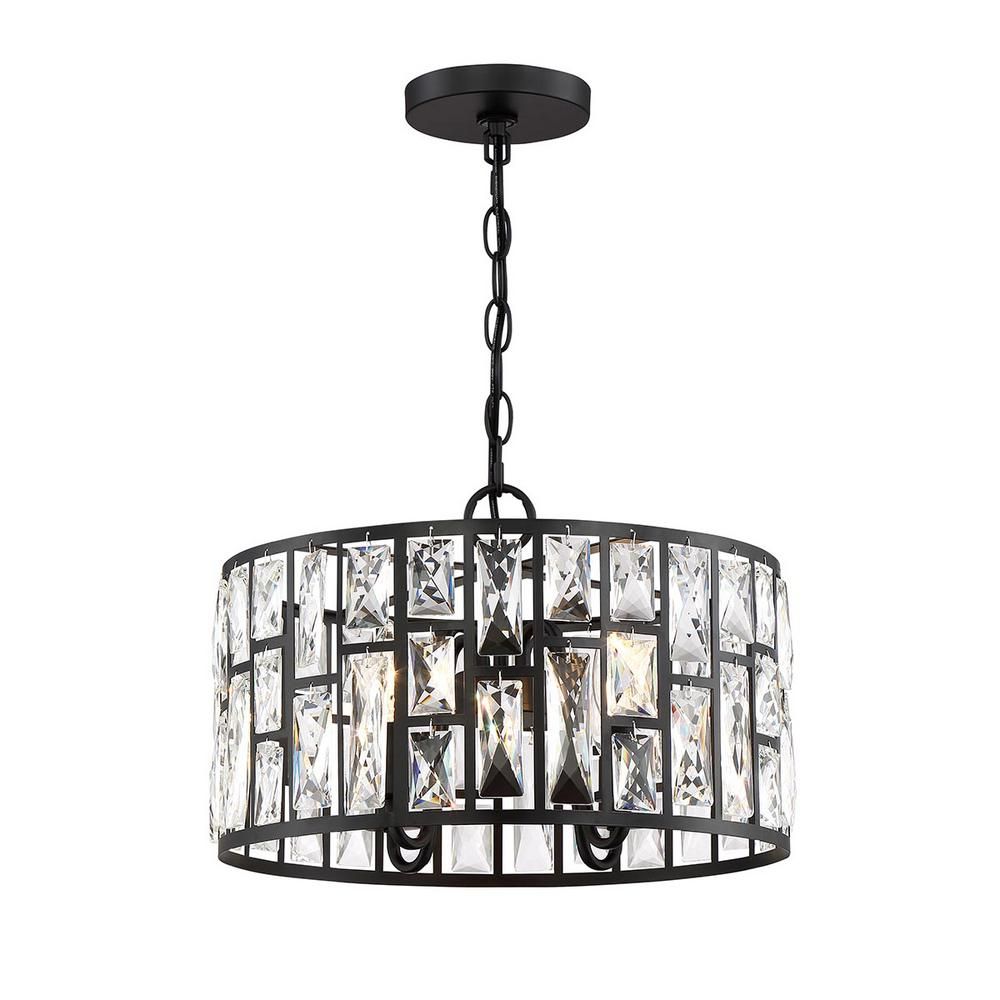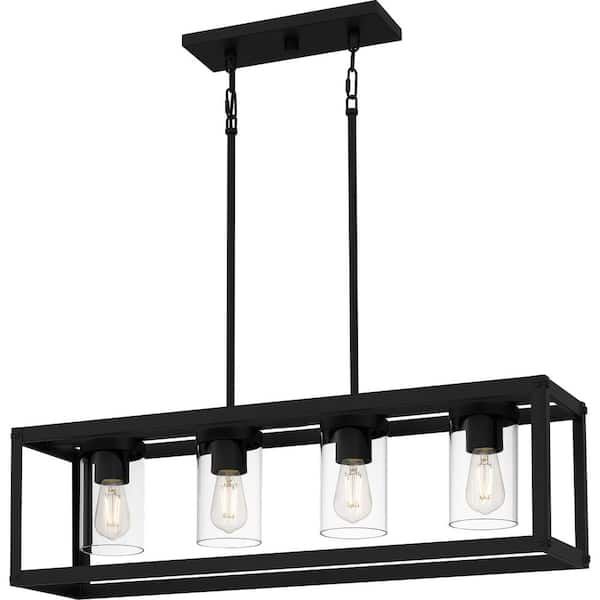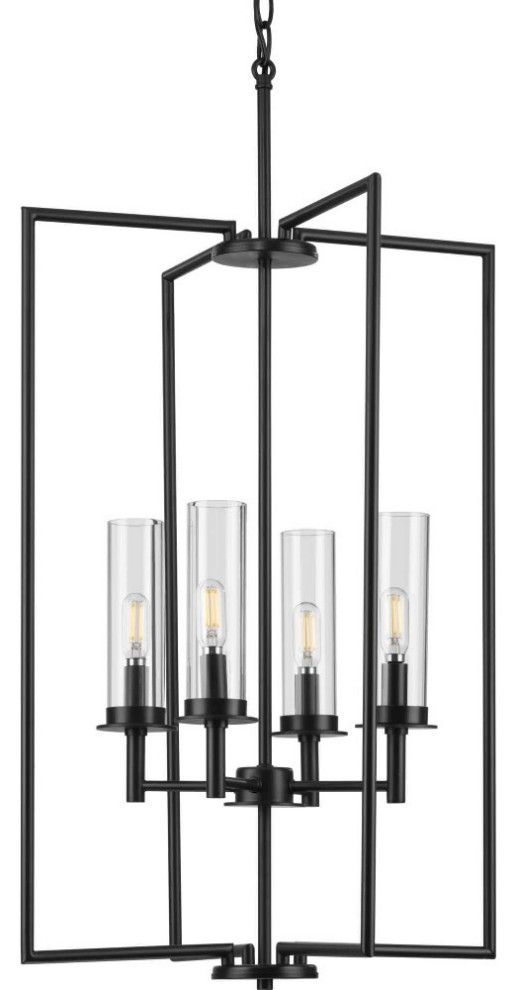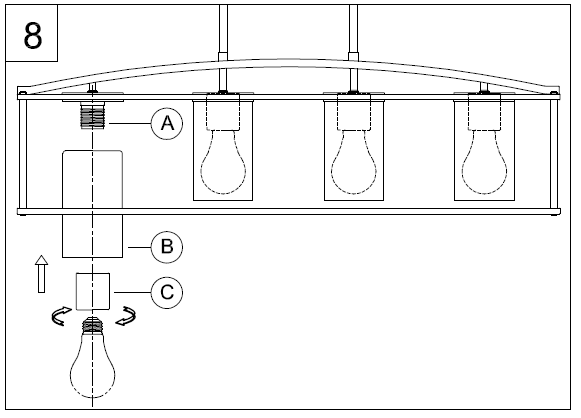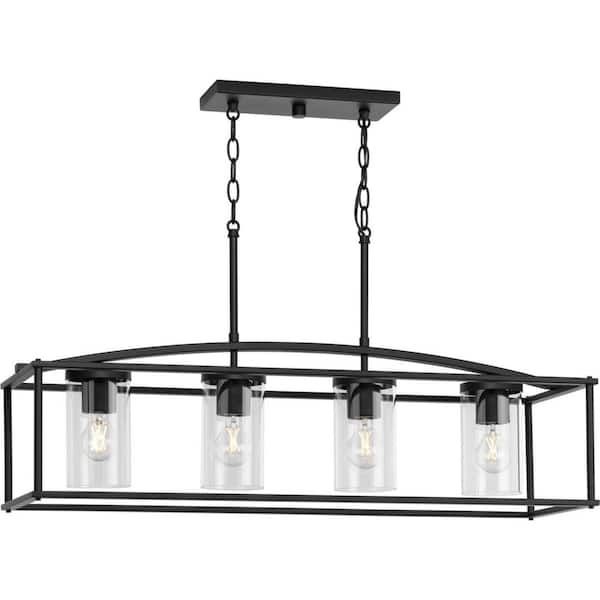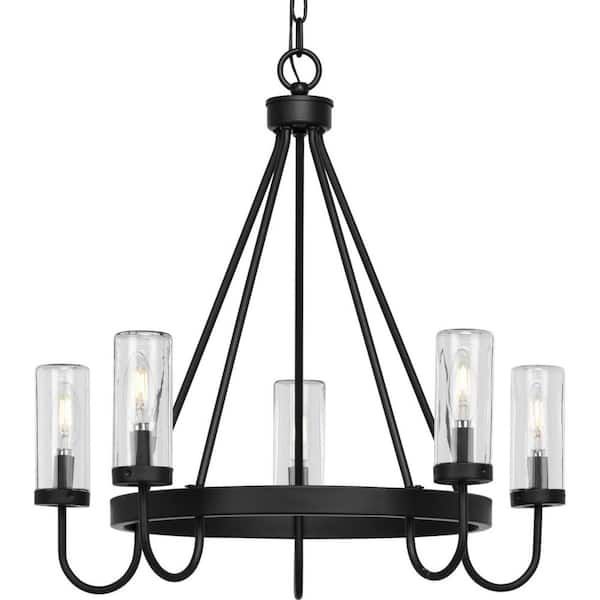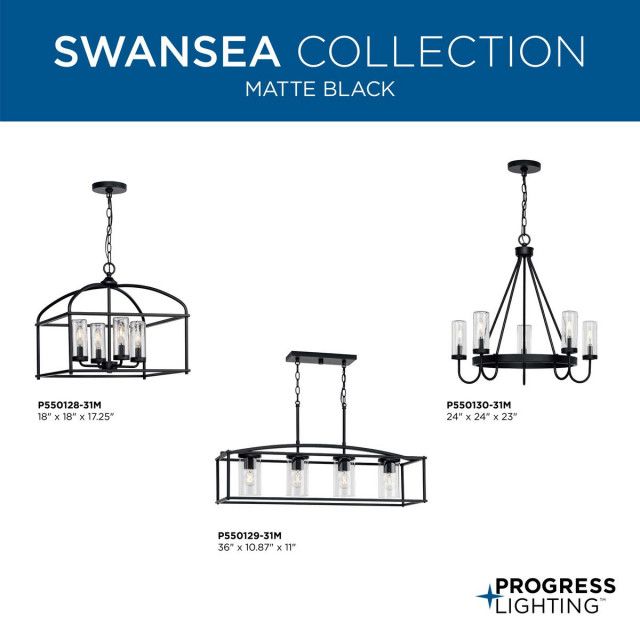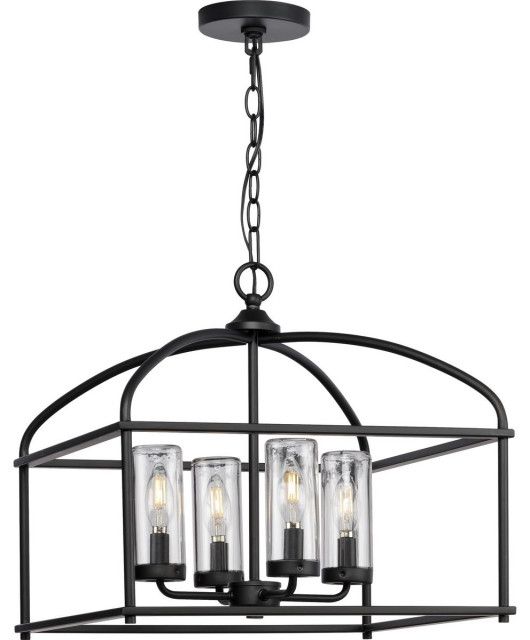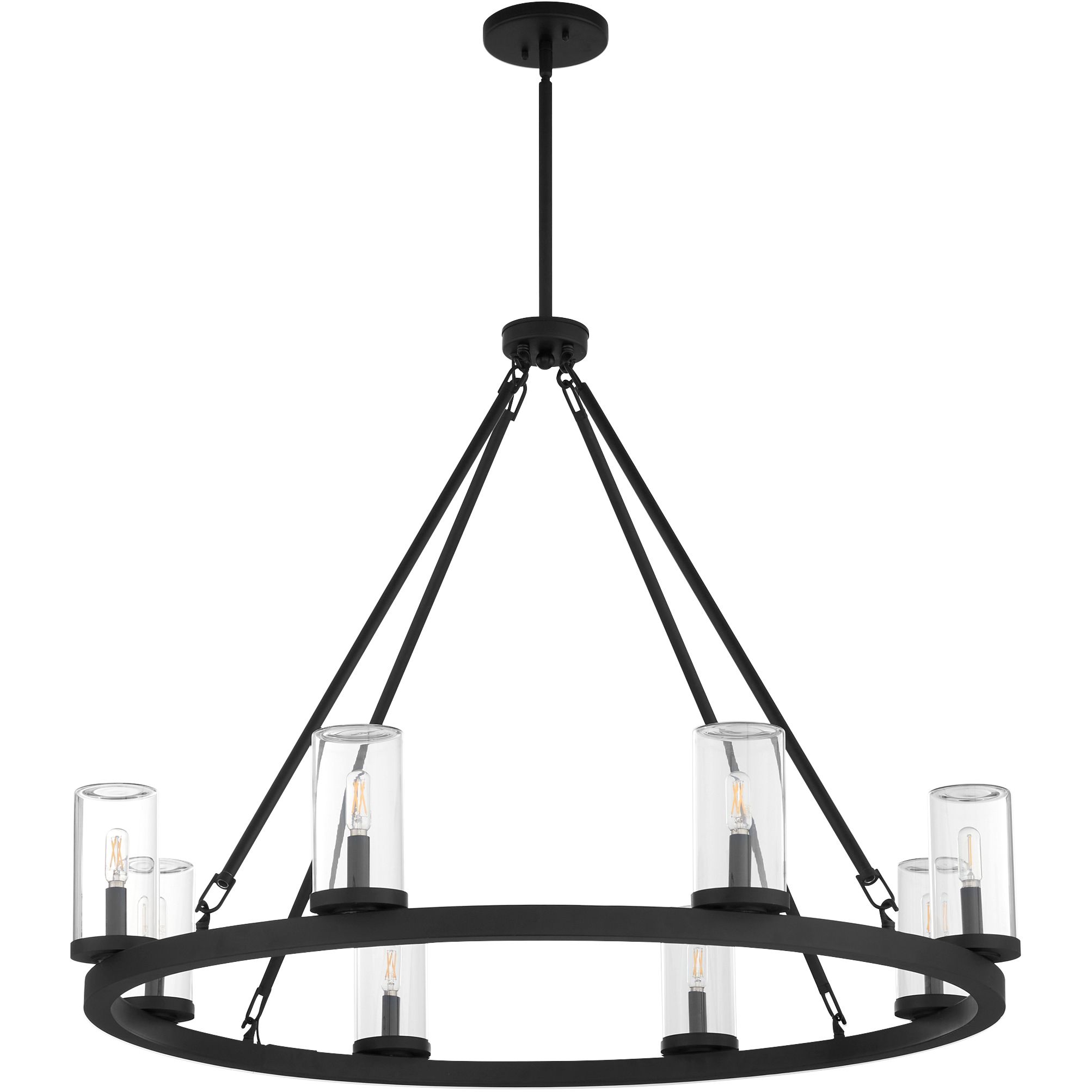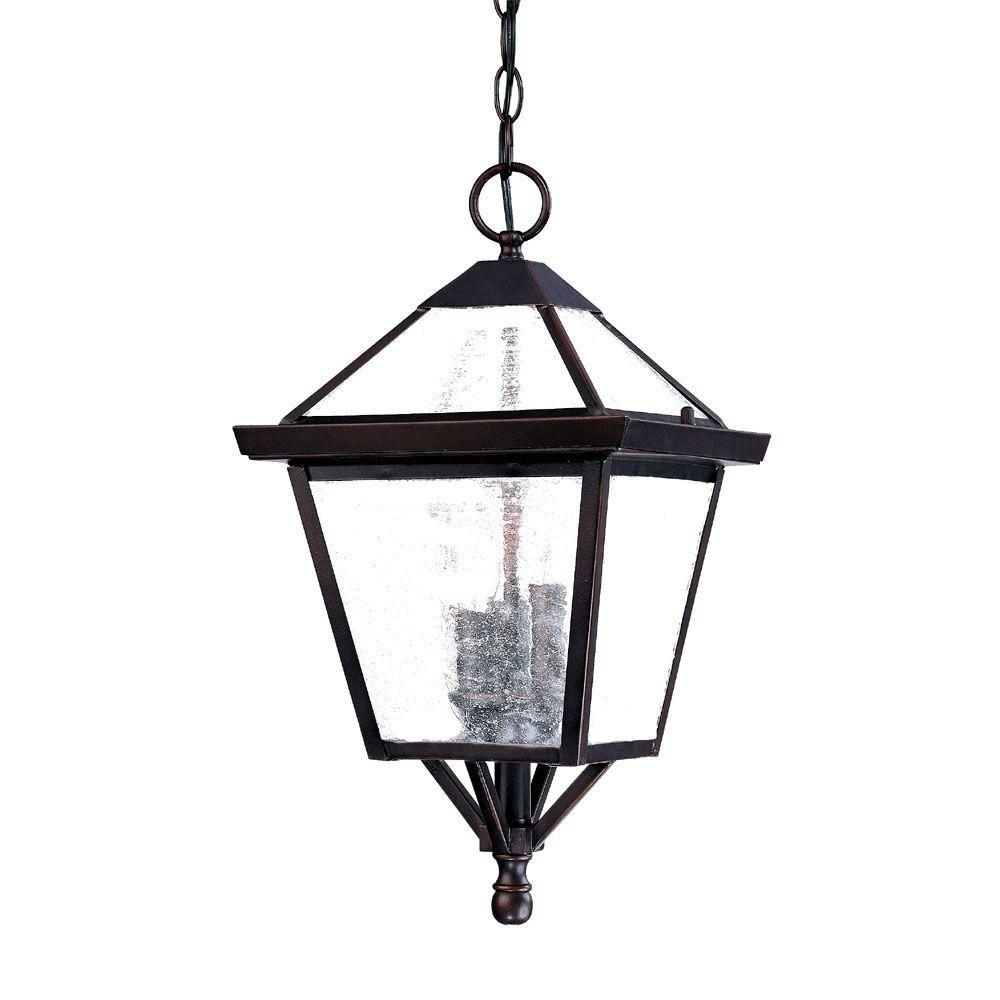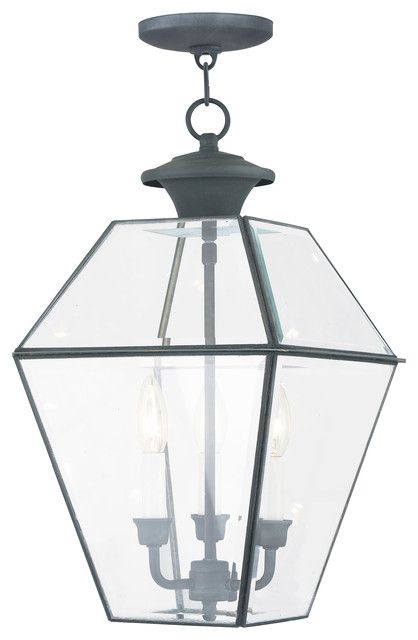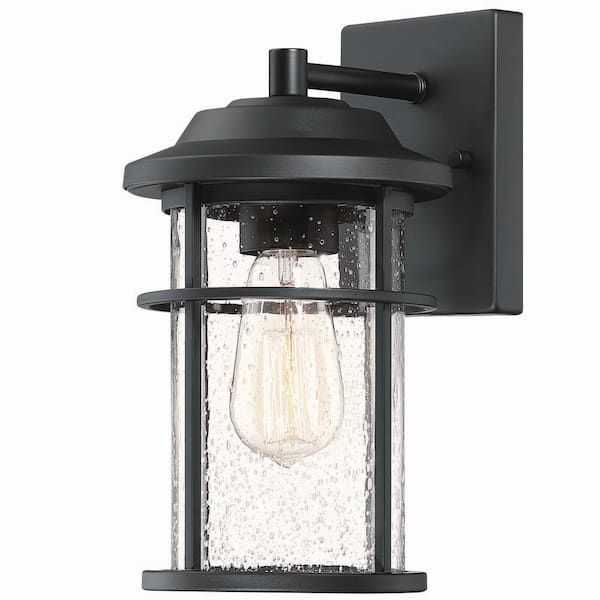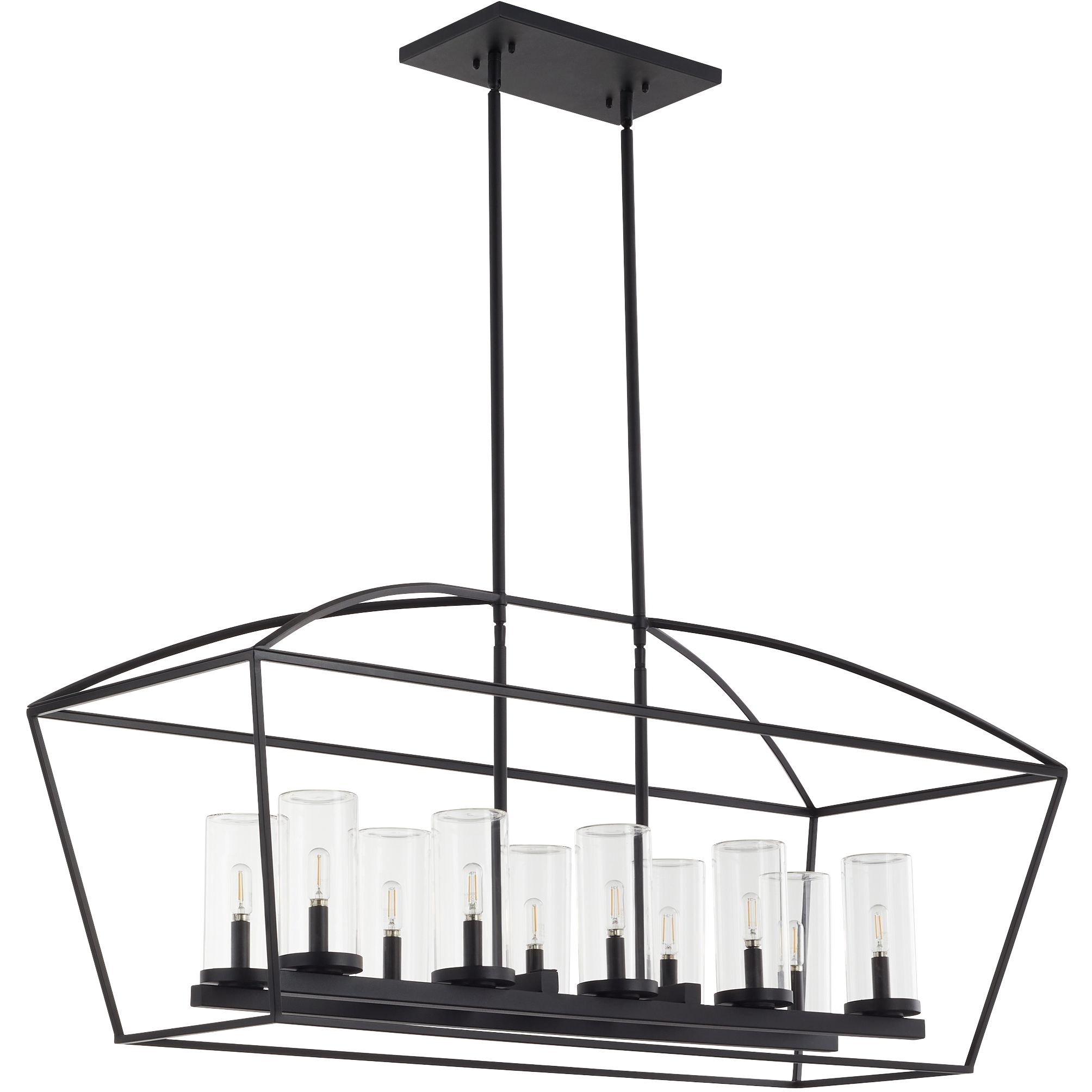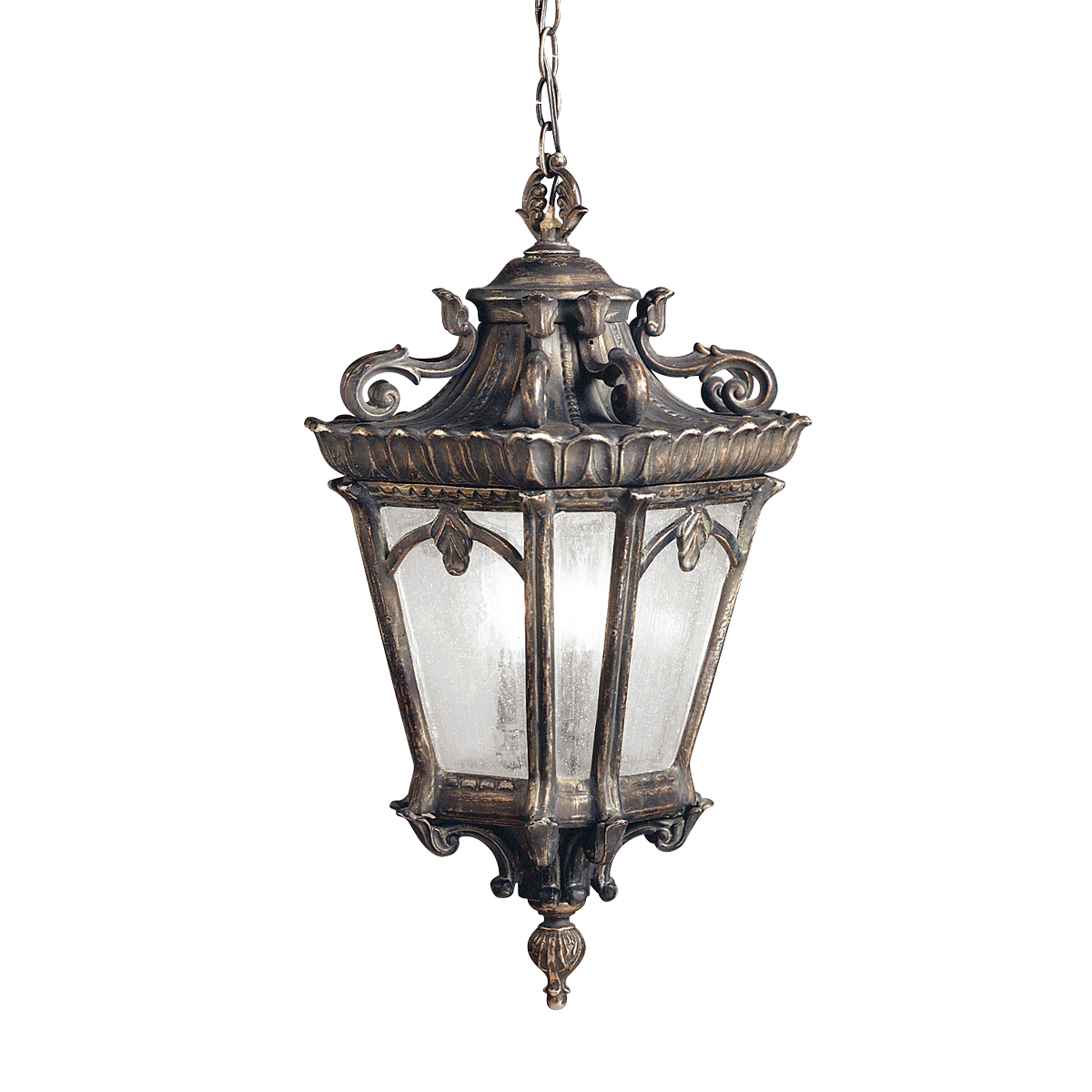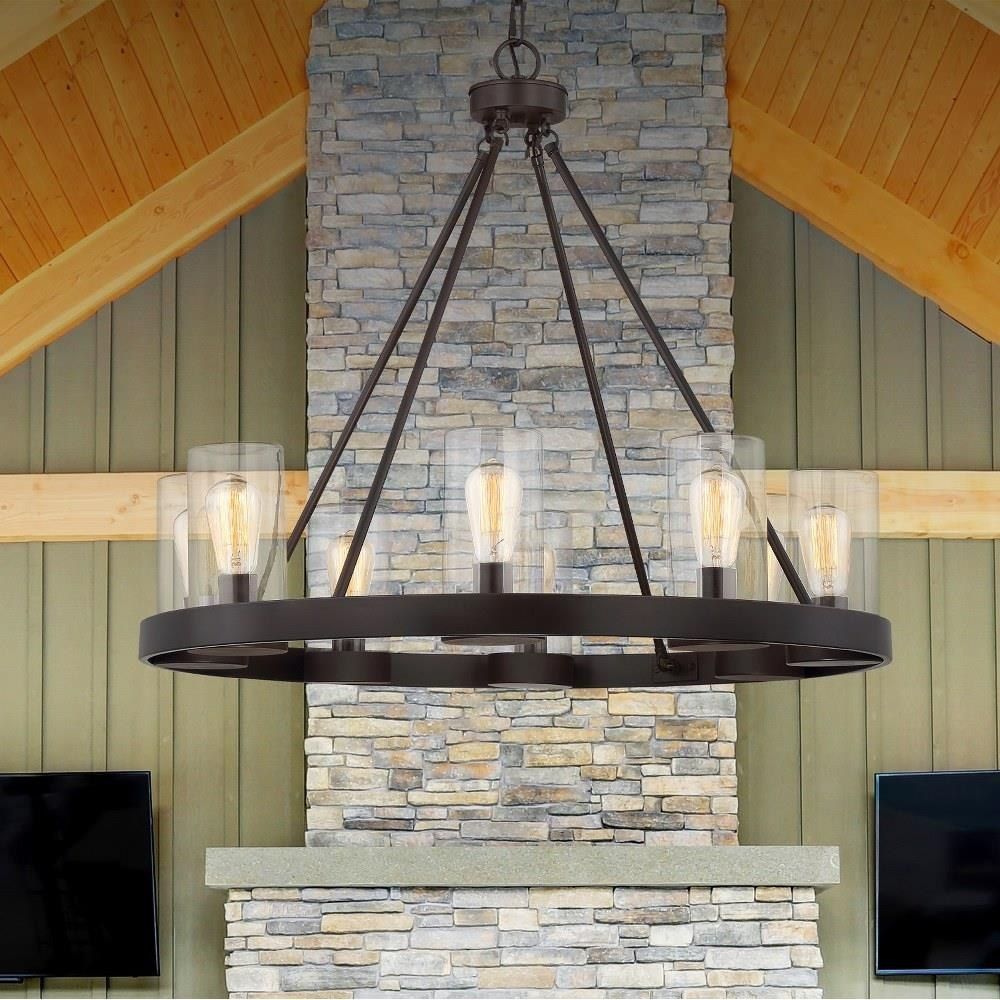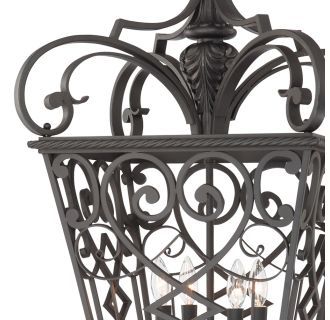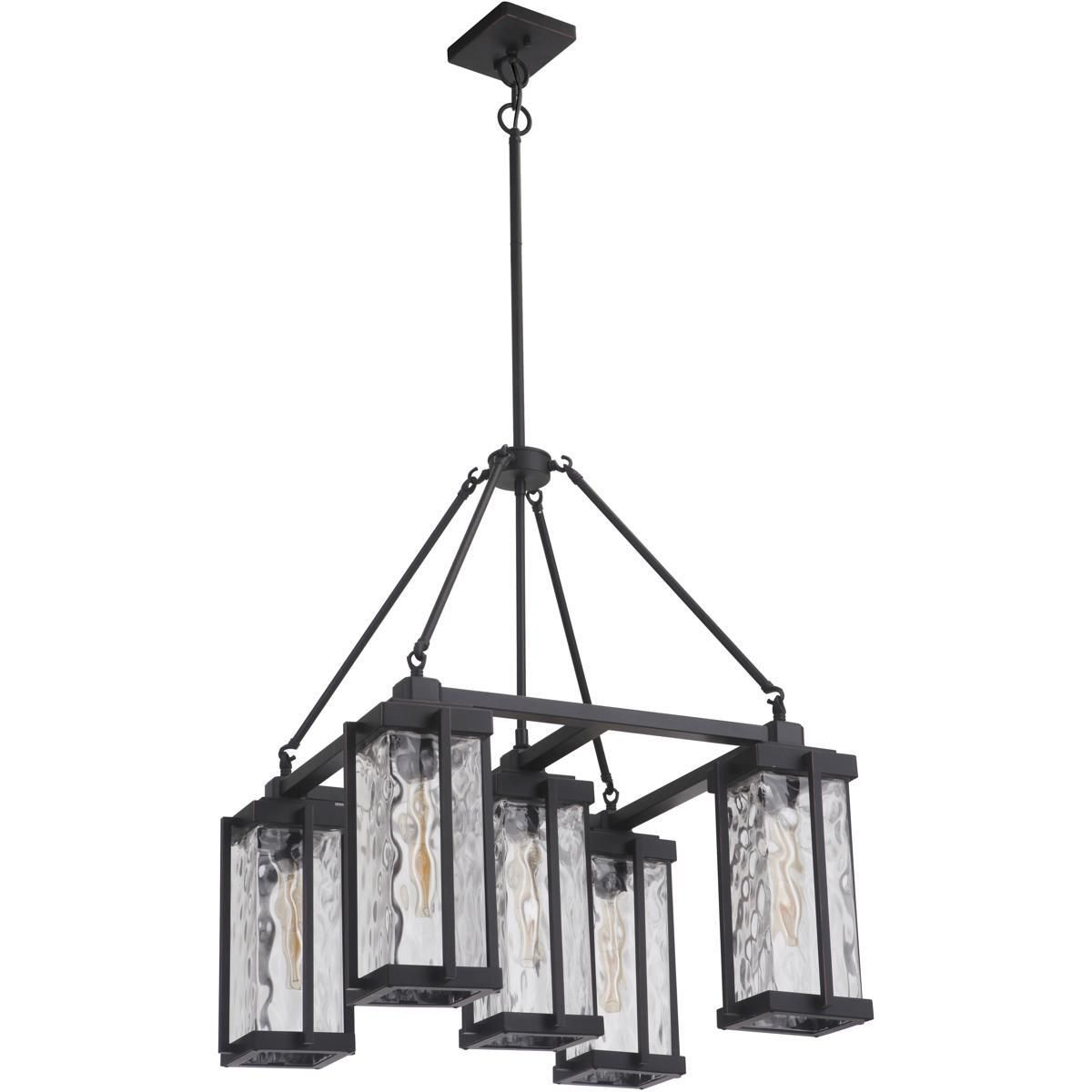Outdoor chandeliers are stunning. They add an element of elegance and sophistication to any outside space. But let’s face it, they’re also vulnerable to the whims of Mother Nature. Rain, wind, sun, and temperature changes can all take a toll on your beautiful lighting fixture. This article is all about how you can make sure your outdoor chandelier stands the test of time and continues to brighten your evenings for years to come. We’ll dive into the crucial elements that decide how well your chandelier weathers the storms and what actions you can take to protect your investment. Think of it like giving your chandelier a superhero suit – but instead of saving the world, it’s saving your chandelier from the elements and the need for a costly replacement.
Choosing an outdoor chandelier is an investment in beauty and ambiance. You want it to last. Unlike indoor fixtures, outdoor chandeliers face a constant barrage of environmental challenges. Exposure to the sun’s UV rays can cause fading and degradation of materials. Rain and moisture can lead to rust, corrosion, and electrical problems. High winds can damage the structure. And fluctuating temperatures can cause expansion and contraction, stressing the components. Understanding these threats is the first step towards ensuring your chandelier’s endurance. And, it’s not just about the chandelier itself. The longevity of your outdoor chandelier impacts the safety of your home and family. A poorly maintained fixture can pose electrical hazards and even fall, causing injury or property damage. So, let’s get into the specifics of what you need to consider.
Material Matters: Choosing the Right Stuff
The materials your outdoor chandelier is constructed from are the primary defense against the weather. Consider these material options:
- Aluminum: A popular choice, aluminum is naturally resistant to rust and corrosion. It’s also lightweight, making installation easier. Look for powder-coated aluminum for added protection against UV rays and scratches.
- Stainless Steel: Known for its strength and rust resistance, stainless steel is a durable option, especially in coastal areas with high salt content in the air. Ensure the stainless steel grade is suitable for outdoor use.
- Brass: Brass offers a classic look and is naturally corrosion-resistant, although it can tarnish over time. Treated brass, or brass with a protective finish, will withstand weather elements better.
- Wrought Iron: Wrought iron is a strong material. The problem is, it is prone to rusting if not properly coated and maintained. It requires regular painting or a protective coating to prevent corrosion.
- Glass: Tempered glass is a must for outdoor chandeliers. It’s more resistant to breakage from wind and temperature changes. Look for glass that’s specifically rated for outdoor use and is designed to withstand extreme temperature variations.
Pro Tip: Always inspect the material’s finish. A high-quality finish, like powder coating or a marine-grade sealant, is crucial for long-term protection. And, always check the manufacturer’s recommendations for cleaning and maintenance.
Understanding the IP Rating: Your Chandelier’s Weather Defense Score
IP ratings (Ingress Protection ratings) are a system used to define the levels of sealing effectiveness of electrical enclosures against intrusion from foreign bodies (like dirt & dust) and moisture. It’s like a report card for how well your chandelier can handle the elements.
- The IP rating has two numbers. The first digit represents protection against solid objects (dust, dirt). The second digit represents protection against liquids (water). The higher the numbers, the better the protection.
- For outdoor chandeliers, you should aim for an IP rating of at least IP44. This means it’s protected against solid objects larger than 1mm and protected against splashing water.
- For areas exposed to heavy rain or direct water spray, consider IP65 or higher. This offers protection against water jets. In an area that may have a lot of water or that is very humid, like a porch that gets wet, then you might choose an IP67 or even an IP68 rated product.
Example: An IP65 rating means the fixture is dust-tight and protected against water jets from any direction. Always check the IP rating before purchasing and make sure it’s suited to your specific environment.
Placement, Placement, Placement: Where to Hang Your Light
Where you position your outdoor chandelier significantly impacts its lifespan. Consider these placement tips:
- Under Cover: The best protection is a covered area, such as a porch, patio, or pergola. This shields the chandelier from direct rain, sun, and wind.
- Height Matters: Hang your chandelier at a sufficient height to prevent water from splashing up onto it. Also, make sure it’s out of reach of anyone who might try to touch it. A good rule of thumb is to hang it at least seven feet off the ground.
- Wind Considerations: If your area experiences high winds, secure the chandelier properly to prevent swaying and damage. Consider the chandelier’s weight and wind resistance when selecting a mounting system.
- Proximity to Water: Avoid placing the chandelier near sprinklers, fountains, or areas prone to standing water. Water and electricity do not mix, and this poses a safety hazard as well as increases the risk of corrosion.
Installation is Key: Ensuring a Secure and Weatherproof Setup
Proper installation is as important as the chandelier itself and its materials. Here are some key considerations:
- Professional Installation: Unless you are a qualified electrician, it’s best to hire a professional. They can ensure the wiring is correct, the connections are weatherproof, and the fixture is safely mounted.
- Weatherproof Wiring and Connections: All wiring and connections should be rated for outdoor use and properly sealed to prevent water ingress. This includes using weatherproof wire connectors, junction boxes, and sealants.
- Secure Mounting: The chandelier should be securely mounted to a sturdy surface using appropriate hardware. Use screws and anchors rated for outdoor use and the weight of the fixture. Make sure the mounting hardware is corrosion-resistant.
- Grounding: Ensure the chandelier is properly grounded to prevent electrical shocks. The installer should follow all local electrical codes and regulations.
- Read the Instructions: Always follow the manufacturer’s installation instructions to the letter. Do not skip any steps, and use the correct tools and materials.
Regular Maintenance: Keeping Your Chandelier in Top Shape
Regular maintenance is crucial for extending the life of your outdoor chandelier. Here’s a maintenance checklist:
- Cleaning: Regularly clean the chandelier to remove dust, dirt, and debris. Use a soft cloth and mild soap and water. Avoid abrasive cleaners or solvents, which can damage the finish. Always turn off the power before cleaning.
- Inspection: Inspect the chandelier regularly for signs of damage, such as rust, corrosion, loose wires, or cracked glass. Address any issues promptly.
- Tightening: Check for loose screws, bolts, and other hardware. Tighten them as needed to maintain the structural integrity of the fixture.
- Finish Protection: If the finish starts to show signs of wear and tear, consider applying a protective coating or sealant. Follow the manufacturer’s recommendations for the finish. You might also need to repaint or refinish certain components periodically.
- Bulb Replacement: Replace burned-out bulbs promptly to prevent the fixture from looking unkept and to maintain the aesthetic appeal. Use bulbs that are rated for outdoor use and the correct wattage.
- Seasonal Checks: Perform a more thorough inspection before and after each season, especially before winter and after spring. Check for any weather-related damage and make necessary repairs. This is especially important in areas with extreme weather conditions.
Troubleshooting Common Issues
Even with the best care, problems can arise. Here’s how to address some common issues:
- Water Leaks: If you suspect water is getting into the fixture, check the seals, wiring connections, and glass panels. Replace any damaged components and reseal any gaps. If water is getting in, turn off the power immediately and call a qualified electrician.
- Rust and Corrosion: Remove rust with a wire brush or sandpaper and apply a rust inhibitor and paint. For corroded parts, consider replacing them. Regular cleaning can help prevent this.
- Flickering Lights: Flickering can be caused by loose connections, faulty bulbs, or electrical problems. Check the connections, replace the bulbs, and if the problem persists, consult an electrician.
- Dim Lighting: Dust and dirt can reduce light output. Clean the chandelier regularly. Also, make sure you are using the correct wattage bulbs. If the light is still dim, there could be an electrical issue.
- Broken Glass: Replace broken glass panels immediately. Make sure to use tempered glass designed for outdoor use.
Important Safety Note: Always turn off the power at the circuit breaker before attempting any repairs or maintenance. If you are not comfortable working with electricity, consult a qualified electrician.
Protecting your outdoor chandelier is an investment that pays off in both beauty and peace of mind. By choosing the right materials, understanding IP ratings, considering placement, ensuring proper installation, and performing regular maintenance, you can significantly extend its lifespan and enjoy its radiant glow for many years to come. A little bit of care and attention will help your outdoor chandelier stand up to the elements, providing you with a beautiful and inviting space to enjoy. So, go ahead, illuminate your outdoor living areas and create a stunning atmosphere that you can enjoy for years to come. And do not forget to enjoy your beautiful space and shine on.
